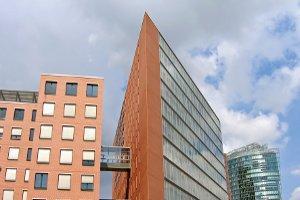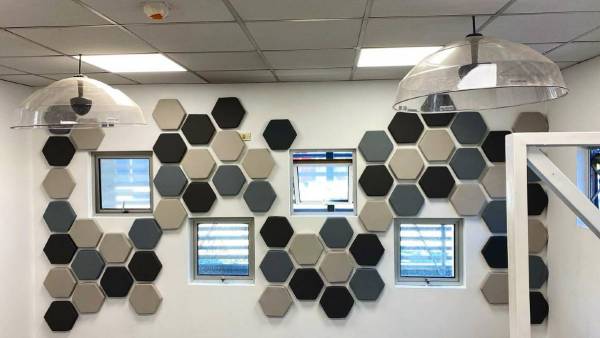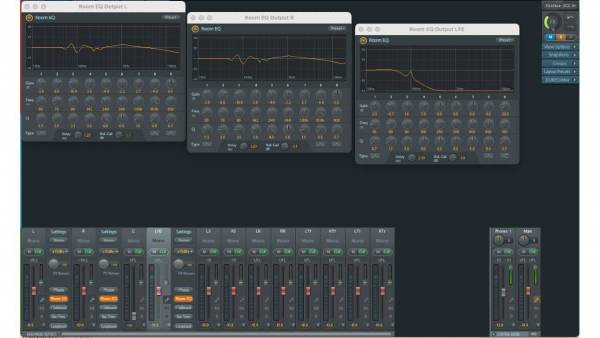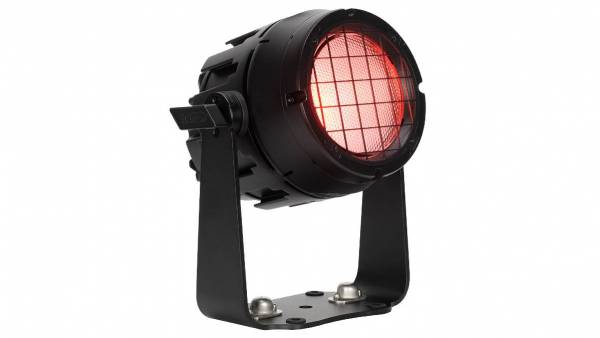 Lighting for the comfort of the worker, good use of natural light and energy efficiency are the objectives of a lighting system in an office building.
Lighting for the comfort of the worker, good use of natural light and energy efficiency are the objectives of a lighting system in an office building.
By Alejandra García Vélez
The union between natural and artificial light is key to creating ideal lighting conditions for work in office buildings, while generating savings in the level of electricity consumption that benefit both the company and the environment.
Different studies on the subject highlight that the level of comfort and productivity of workers usually increases exponentially if you have the possibility of controlling the visual environment of the workspace.
In this sense, it is important to use light attenuators, blinds or curtains that allow to manage the intensity of the light according to the needs of the moment. Similarly, automated curtain systems help increase the comfort of the space thanks to the control they achieve over the heat and glare generated by sunlight.
Secrets of an installation
To talk about this topic we have the experience of Jorge Orillac, sales supervisor for Mexico of Lutron Electronics, who shared details of the requirements and factors to take into account for an installation of this type.
The first issue to consider is that when installing a lighting control system for an office building it is important to take into account the number of lighting circuits that must be controlled in order to acquire a system that is sufficiently spacious and powerful to control the entire building.
Likewise, it is necessary to take into account the location of the building and the amount of natural light it receives in order to take advantage of the natural light that enters the environment and thus save energy costs.
Likewise, the selection of the solutions to be installed is of vital importance; In that sense, the Lutron spokesperson considers that the integration of different devices is the best option today. "In order to create an appropriate balance between electric and natural light in commercial buildings, it is important to install comprehensive systems," he said.
In that sense, the interviewee points to the need to make a flexible solution that incorporates the control of electric light, curtains and blinds, as well as sensors that aim at energy savings with the best possible performance.
Precisely there lies the main difference between an installation in an office building and in a residential one. "The biggest difference is the number of circuits they can control and the flexibility offered, because office buildings tend to have more complex needs in terms of the number of light scenes and people using space and performing different activities," said Orillac.
Needs and solutions
Precisely by analyzing these differences, it is possible to better argue what are the indispensable functions that an electric and natural light control system for commercial buildings should have.
First, centralized control that allows building maintainers to manage both electrical and natural light systems, as well as energy consumption, directly from a computer. In addition, its main value is that these systems also allow monitoring, detecting and solving if problems occur in any of the spaces of the building.
Another point to take into account is programming, as many systems have the possibility of incorporating a clock that allows the programming of lights and curtains. Among them are the astronomical clocks that help to program lighting functions taking into account the times of dawn and dusk.
Regarding the issue of energy efficiency, the advances are many, for example with the installation of a control system for maximum use of energy capacity, it is ensured that during peak consumption times it is monitored if more energy is being used than it should and this consumption is automatically reduced.
In addition to the above, the control of natural light is a vital part of the system, with the integration of curtains and automated people you can take advantage of daylight, reduce glare and maximize the efficiency of the installation. Similarly, heat absorption is reduced, which is reflected in the reduction in cooling and heating costs.
Challenges to overcome
As the main objectives of an installation of this type are to generate an optimal work space for the employees of the building while achieving energy savings, when planning the installation of a lighting system it is advisable to take into account the type of task that will be performed in the space and in that sense what with the levels of lighting necessary for these tasks.
It is also advisable to create environments that let in natural light through the windows and take advantage of it to reduce electricity costs. Install automatic electric light dimming or shutdown systems to reduce electricity use when no workers are present in offices.
Also, install automatic controls for the lights by astronomical clock programming, so that they turn off or dim after working hours. And finally it is ideal that the lights have automatic controls, and that they can also be controlled individually, either by remote control or by local dimmers.
On the subject of the most common difficulties during this type of project, the Lutron representative explains that spaces are often overlit since they are designed without taking into account the use of natural light.
"Most of the time this scenario provides too much light that causes eye strain in the worker, while wasting energy increasing company expenses and carbon footprint," Orillac explained.
In addition, he adds, the use of natural light is rarely used as a method to reduce electricity consumption, in that sense he explains that photoelectric sensors can be used to detect natural light and automatically dim the lights, so that the level of illumination remains constant in the space.
They also point out that many times the owners of the offices select inefficient luminaires in order to reduce the initial investment when building or reconditioning a work space, without considering that such luminaires add higher costs in the short and long term by consuming more electricity and not guaranteeing the lighting of the space properly.


























Leave your comment